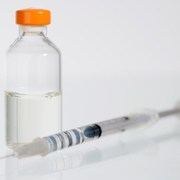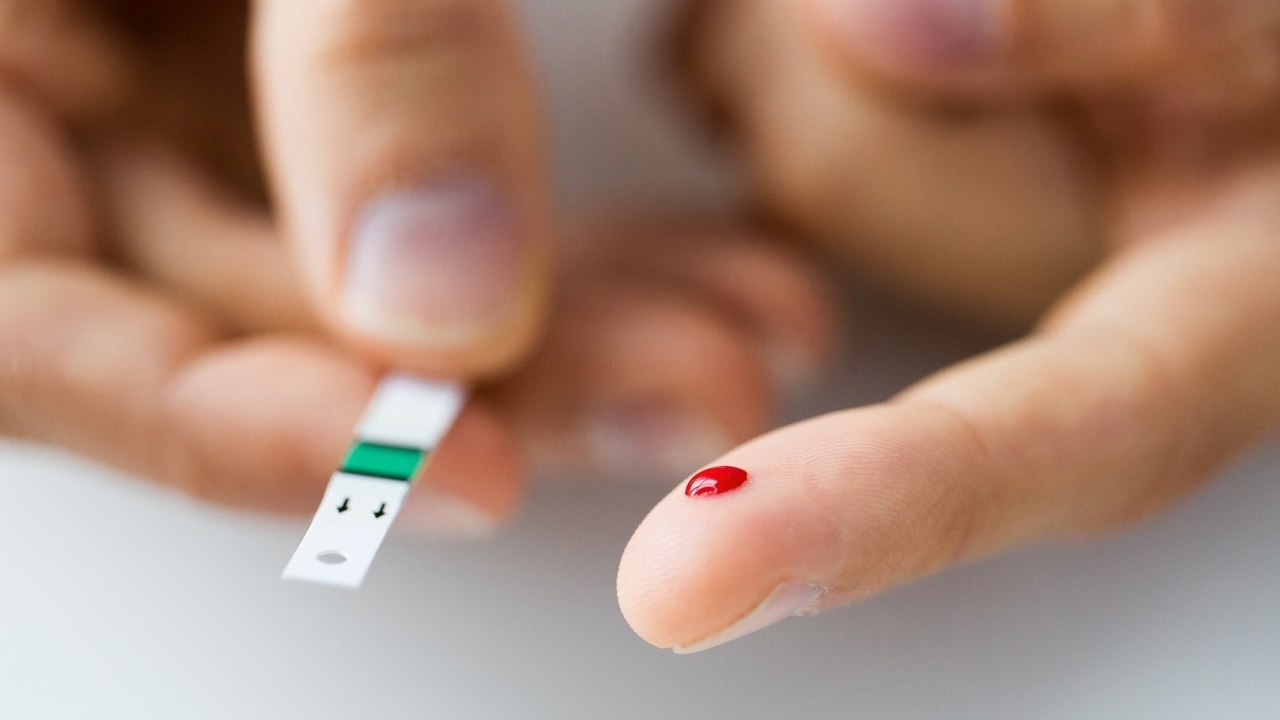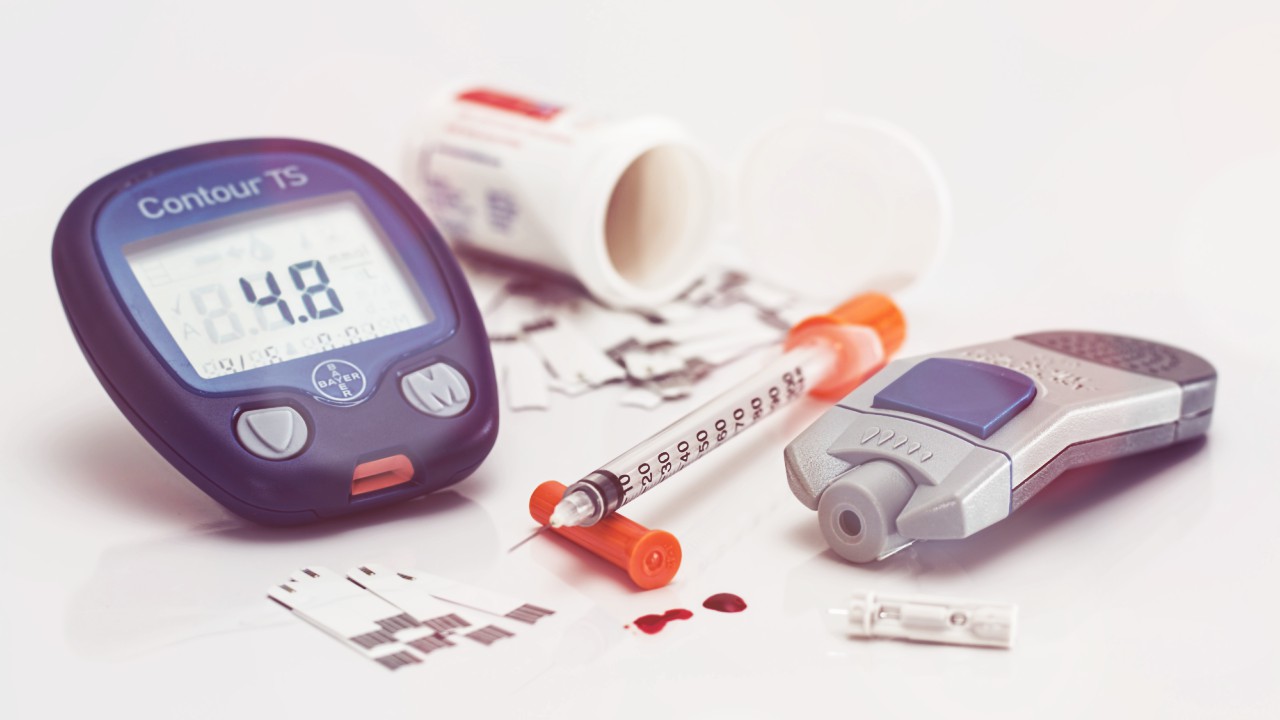 Photo: Getty Images
Photo: Getty Images
For people with type 1 diabetes, and for some people with type 2 diabetes, injecting synthetic insulin is a necessity of life for the regulation of their blood glucose (sugar) levels. One method of administering insulin is by using a syringe.
Disposable syringes offer one dose of insulin that can be paired with a choice of needle guages and needle lengths. Pick the one that is best suited to you.
The original syringes used by people with diabetes were made of glass. The glass syringe was used repeatedly.
Hollow needles were used over and over again, and could be sharpened from time to time to keep them usable. When they couldn't be sharpened anymore, then the diabetic would get a new one.
Disposable syringes were created for use with the polio vaccine in the 1950s. Diabetics found them to very handy for their insulin needs as well.
Syringes first came into existence in the 1800s, and from that time, the life of the diabetic has gradually become easier, healthier and longer. The advent of the disposable syringe was a quantum leap for those living with diabetes.
There are two main types of syringes used by diabetics. One is called the U100. It will deliver 100 units of insulin per milliliter in liquid form.
The other is called the U500, which administers 500 units per milliliter. The insulin in a U500 is quite concentrated.
Make sure you have the right type of syringe delivering the right type of insulin. Using the wrong one can kill you.
Syringes come in a variety of sizes. The most commonly used ones are 3/10 cc which holds 30 units of insulin, 1/2 cc which holds 50 units of insulin, and 1 cc which holds 100 units of insulin.
Most needles will be 1/2 inch or 5/16 inch long. They may be a 28 guage (a diameter of about .014 inch) on up to a 31 guage (a diameter of about .012 inch).
Insulin is most effective when you inject it into your fat layer just under the skin. For this reason, thin people with diabetes might want to use a short needle.
People with diabetes that need to take two types of insulin might get their best results by using a larger syringe size. This would enable them to combine them in one injection rather than having to take two.
Using a syringe for diabetes will mean using insulin that comes in vials. Unopened vials of insulin should be refrigerated, but not frozen. Once a vial has been opened, it can be kept in the refrigerator or at a cool room temperature, away from sunlight and heat.
Sources:
Insulin Injection. Nlm.nih.gov. Updated Nov. 7, 2011. Retrieved Nov. 16, 2011.
http://www.nlm.nih.gov/medlineplus/druginfo/meds/a682611.html
Types of Diabetic Syringes. Ehow.com. Retrieved Nov. 16, 2011.
http://www.ehow.com/about_5366503_types-diabetic-syringes.html
Insulin Syringe Types. Ehow.com. Retrieved Nov. 16, 2011.
http://www.ehow.com/list_7510335_insulin-syringe-types.html
Visit Jody's website and blog at http://www.ncubator.ca and http://ncubator.ca/blogger
Reviewed November 17, 2011
by Michele Blacksberg RN





Add a CommentComments
There are no comments yet. Be the first one and get the conversation started!